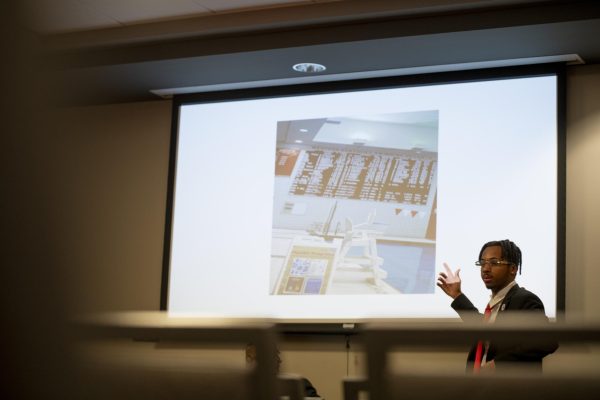High mold count found in Schneider
April 8, 2003
Shameka Neely thought the problem had been remedied. The walls and flooring in her room, Florence Schneider Hall room 336, were replaced over the summer.
But when recent mold test results came back from several rooms in Schneider, Neely, a senior from Hermitage, Tenn., was surprised to hear the news. Neely’s room had a 2,332 mold concentration count. The outside air count was only 306.
Four rooms in Schneider were tested in recent months after six students moved out in the past year. Two rooms in Schneider tested considerably higher than the outside air – Neely’s room and room 402, which had an 8,245 mold concentration count.
The two other rooms tested were either at or below the outside air concentration.
University Relations Director Bob Skipper said room 402 contained the highest mold count of any room that Western has tested.
The test results showed that, in addition to the mold concentration, the samples contained a mixture of penicillium and aspergillus, which are not toxic. Skipper said the good news is that no traces of stachybotrys, or “black mold,” were found in the samples.
Physician Allen Redden said the penicillium and aspergillus genera molds found in the samples are common molds which can be found everywhere.
Skipper said the genera of mold found can contain mycotoxins that are known to trigger allergic reactions.
“Pretty much an allergy is an allergy. Just like any sort of anything in the air … mold may trigger allergies,” Redden said. “If you are predisposed, anybody can develop allergies to anything with the proper concentration. But just because you’re exposed to something doesn’t mean that you’ll develop allergies to it.”
Neely said she only has seasonal allergies and was not effected by the mold.
She was surprised, however, to hear there was such a high count in her room.
“Just because I haven’t been able to see it there doesn’t mean that something internally can’t be wrong,” Neely said.
She said she noticed mold on her wall last year, but it had been tested and cleaned last summer. Neely said since August, she hasn’t noticed any more problems.
She was given the option to move out of her room, but she has opted to stay for the last four weeks of the semester.
Despite the high mold count, Skipper said there is no danger of the mold spreading. Skipper said there is not a ventilation system that runs throughout the entire building that would allow the mold to spread.
Skipper said the university plans to do further testing on rooms in the dorm.
Kit Tolbert, director of Housing Operations, said HRL is considering hiring an outside mold mitigator to come in and clean up room 402 and its adjoining room, 404. After cleaning, Tolbert said the rooms would be closed and taken out of service.
Reach Jessica Sasseen at [email protected].
























